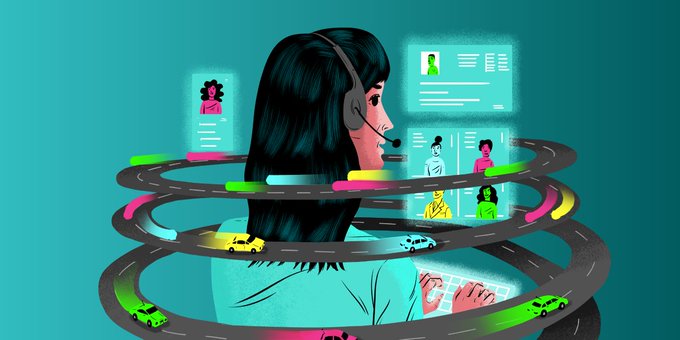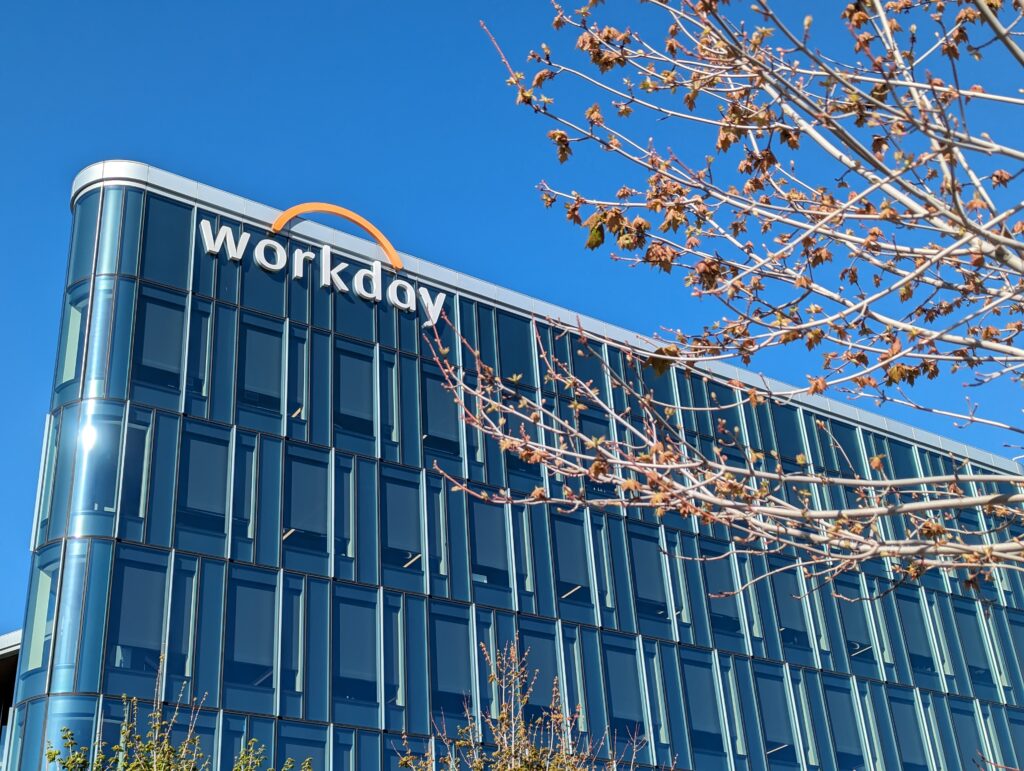In the world of low-code software application development, the use of generative AI is key among the factors now impacting the way platforms, suites, services and tools in this space are now developing. This is certainly true for Pega.
Alan Trefler, Pega founder and CEO kicked off the PegaWorld iNspire 2023 keynote in Las Vegas this week by celebrating the company’s 40th year in business. Eluding to the history of the company before opening up to the way Pega is now developing with generative AI in its Pega GenAI offering, the Pega CEO reflected upon these past years.
“One of the core elements of Pega’s value system is that the first two customers [one of whom is Citibank] who went live with us 39 years ago are still running with Pega today,” said Trefler.
But with so much change to work with across all technology spheres over those last 39 years – and indeed the last 3.9 years – the company is now looking to harness the full gamut of AI developments… and that means generative AI, process AI, analytics AI, AI-powered next-best-actions and more.
As we now look to build out our IT stacks with the full selection pack of AI, Trefler refers to what he calls a kind of ‘situational layer cake’ where a collection of (AI and process) engines work in multiple regions (to perhaps handle local data requirements) but all from the same layer cake framework – and the result is a ‘process fabric’ that ties together the different objectives that a business wants to delivery upon.
Pega Process Fabric is the technology that works at the level and the CEO likes to call it technology that drives a low-code innovation factory – and these are the functions behind the emergence of what is now being called the birth of the autonomous enterprise.
Layer cake – technology slices
Driving home his layer cake analogy at several levels (pun not intended) CEO Trefler explains that Pega’s layer-able approach enables organizations to more easily change elements of the layers working together at any one time – a freedom which he says will also enable firms to avoid technical debt in a more direct fashion.
“We have a true moment of genesis today in terms of how we can now help companies change the way they run their business,” said Trefler. “But with any major change, you need to be able to hold onto control… and we need the right architecture to make these technologies work,” he added, in reference to the fact that AI as it stands today (as advanced as it is) is still prone to bias and so-termed ‘hallucinations’ that simply don’t make sense when actually applied to the real world.
Kerim Akgonul, Pega chief product officer took over for stage two of this event’s keynote and hosted a ‘comedy style’ gameshow presentation sequence. With one Pega employee tasked with building a loan application in the Turkish language using the Pega platform’s generative AI capabilities vs. a second employee (Don Schurman, the company’s CTO) tasked with cooking a Denver Omelette, the pair competed it out on stage. No prizes for guessing who won, the load application was completed in less than five minutes, considerably less time that it took for the omelette.
The first thing the app needed was a process to define its case type i.e. case being the use case and customer query case. With the secondary objects then defined, the Pega GenAI can then handle all the mapping of objects needed to create the integrations needed. In more complete terms, the process here span the following stages: Case Lifecycle, People (using the app), Data Model, Integrations, Sample Data, User Interface, Language Translation & Operational Insights.
Pega GenAI has now helped deliver the release of Pega Process Mining ‘23, a technology designed to help organizations map and track where all its process run, where they get stuck in costly exception paths and where processes work best of all. By leveraging Pega GenAI natural language functionality, a business is able to ‘talk to its process’ and ask it where it is faltering or where (for example) suspicious activity may be surfacing.
All these technologies are available from Pega via its Pega Cloud service which Akgonul represents the foundation hub for all its low-code advancements.
Age of autonomous enterprise
Deeper into this notion of the age of the autonomous enterprise, Pega says that the next 10 years will see a significant shift towards the adoption of AI and automation to improve enterprise agility, driven by inefficiencies in legacy technologies The company’s research suggests that the majority of global decision makers say they plan to fully embrace the autonomous enterprise within the next 10 years.
The study, conducted by research firm Savanta and unveiled at PegaWorld iNspire surveyed 600 business decision-makers worldwide on their understanding of the autonomous enterprise, their plans for implementation, and some of its drivers. The autonomous enterprise is an organization which comprehensively applies AI and automation to engagement, servicing and operations across the organization to operationalize agility and create a business that can become self-optimizing.
The study found that 58% of respondents expect to define themselves as an autonomous enterprise within the next 10 years. With just 15% saying they feel they are already at this stage today and 36% projecting they will reach this point five years from now, the upward curve of autonomous enterprise adoption is clear. Some three-quarters (73%) of respondents said they already have some sort of plan to start becoming an autonomous enterprise. When asked what they expected their position to be 10 years from now, an overwhelming 96% said the same.
“This study tells us unequivocally that the age of autonomous is not only coming – in many respects, it’s already here,” said Don Schuerman, chief technology officer, Pega. “Applying AI and automation to decisioning, operations, and servicing across the organization will create a major change in the mindset of how organizations operate and drive the rise of the autonomous enterprise in the coming years.
Done with his on-stage omelette cooking, Schuerman further explained that in a new world that moves at the speed of AI, manual work, static decisioning and band-aid solutions are holding back the legacy enterprises of today. He suggests that the successful organizations of tomorrow will be autonomous enterprises that operationalize agility and focus, bringing people together to deliver hyper-personalized engagement, hyper-efficient operations and seamless customer experiences.
“This requires a change in technology but also a change in mindset. As the speed of change increases, a self-optimizing autonomous business will be able to deliver the best-in-class experiences customers and employees demand and deserve,” concluded Schuerman.
Self-optimized aligned workflows
Eighty-four percent of respondents agreed that unified platforms that connect systems and channels to automate, self-optimize and align workflows and decisions to business strategy will be either ‘extremely’ or ‘very’ important to improve their operational efficiencies. With the vast majority (75%) also agreeing that AI will have a role to play in their business over the next five years – 40% say it will be ‘pivotal’ – the rise of the autonomous enterprise looks set to gather pace in the years ahead.
Pega surveyed 600 business decision makers worldwide on their views, understanding and plans for the autonomous enterprise. The results included responses from the United States, the United Kingdom, France, Australia, the Netherlands and Germany.
In break-out media sessions hosted at the year’s PegaWorld iNspire 2023, executives noted that it is not perhaps always the actual ‘value’ and size of these figures that matters most. No, instead, it’s really the amount of change witnessed in the growth towards autonomous business seen every year that really give us the barometer for how these technologies are being applied today.
Low-code is growing even faster today, because of AI and because of generative AI.. the curve has not flattened yet.






